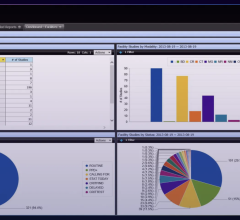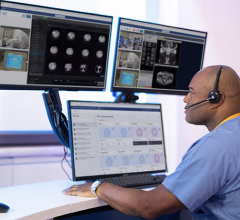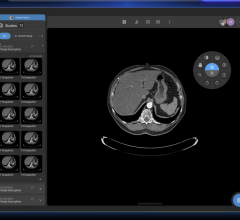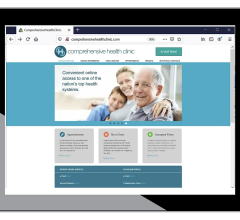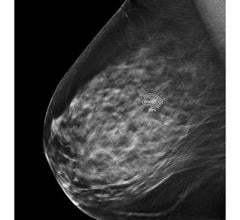
Web-based telehealth solutions provider REACH Call Inc. said this week it added a general telemedicine module to its service offering, allowing faster treatment for patients in rural areas by connecting rural ER physicians with specialists who can remotely diagnose, evaluate and recommend treatment.
REACH Call developed the general telemedicine module in response to demands from current customers, primarily hospitals that already use the company’s remote stroke diagnosis and evaluation service. This 100 percent Web-based service originally was designed to facilitate faster treatment for stroke patients in rural areas by enabling neurologists to remotely diagnose, evaluate and recommend treatment from anywhere in the world. These same hospitals realized the value of Web-based telemedicine and asked REACH Call to design similar modules for other medical conditions.
More than 50 hospitals have deployed REACH Call in a “hub and spoke” design, where a larger “hub hospital” provides physician-consulting services to smaller “spoke hospitals.” The company said several spokes are connected to the hub and leverage the expertise of specialists at the hub to provide care for patients in their own ERs. These spokes use a mobile workstation to initiate a consultation request with a physician affiliated with the hub. The workstation is an assembly of non-proprietary, off-the-shelf components including a laptop, LCD monitor, keyboard, mouse, and a camera. It is battery powered and is equipped with a wireless bridge for maximum mobility within an ER.
REACH Call said its system is a 100 percent Web-based turnkey service and there is no hardware or software installed in the hub hospital. The consulting physician can use any laptop or PC, a standard off-the-shelf Web cam, and a broadband Internet connection to communicate with the spoke and evaluate the patient. The physician, who can conduct the consultation from anywhere in the world with a broadband Internet connection, has complete control over the two-way audio and video communication and can view all patient data and DICOM images, such as CT scans or X-rays, to efficiently and effectively evaluate the patient and recommend treatment.
April 2008


 November 19, 2024
November 19, 2024 

